Supjaengi Garden (숲쟁이공원)
Supjaengi Garden (숲쟁이공원)
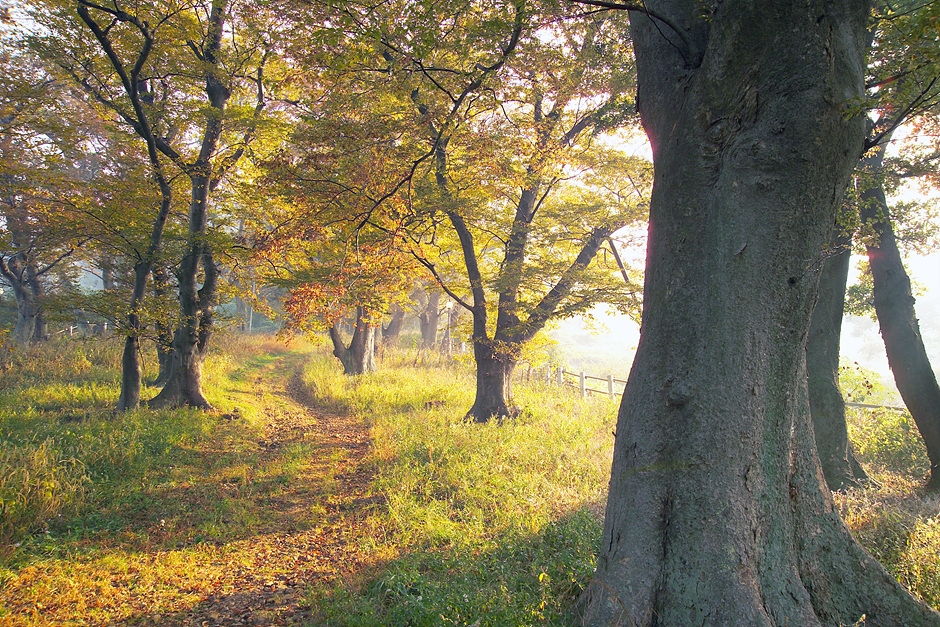 Supjaengi Garden is a park associated with the history of Beopseongpo. “Supjaengi” means a fortress made of trees. It was created to protect Beopseong Jinseong Fortress, a naval base during the Joseon dynasty, with a forest of deciduous trees, serving as a windbreak forest to protect Beopseongpo and the village. Visitors can enjoy the beautiful scenery of the port while walking along the flower-filled walking trails. Every June, the Beopseongpo Danoje attracts many tourists.
Supjaengi Garden is a park associated with the history of Beopseongpo. “Supjaengi” means a fortress made of trees. It was created to protect Beopseong Jinseong Fortress, a naval base during the Joseon dynasty, with a forest of deciduous trees, serving as a windbreak forest to protect Beopseongpo and the village. Visitors can enjoy the beautiful scenery of the port while walking along the flower-filled walking trails. Every June, the Beopseongpo Danoje attracts many tourists.
– Address : 67 Baekjemunhwa-ro, Beopseong-myeon, Yeonggwang-gun, Jeollanam-do
※ Presentation Information
– Information and Guides
+82-61-350-5769
– Parking
Available
– Day Off
N/A (Open all year round)
– Operating Hours
Open 24 hr
– Admission Fees
Free
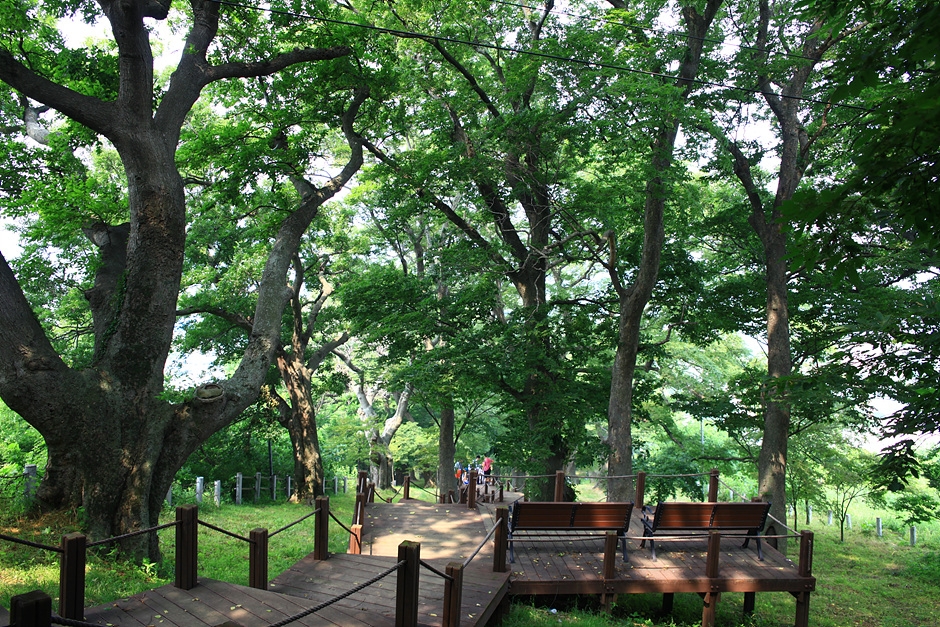
◎ Nearby Tourism Infobox
⊙ Beopseongpo Danoje (Dano Festival of Beopseongpo) (영광법성포단오제)
– Homepage
tour.yeonggwang.go.kr
– Tel
+82-61-356-4331
Dano Festival of Beopseongpo, which began during the Joseon period, is a traditional folk festival with a history of over 500 years. The festival is held annually on dano, the 5th day of the 5th month of the lunar calendar. Designated as a national intangible cultural heritage in 2012, it is one of the major festivals of Korea. During the festival, various programs take place, including the Dragon King offering ritual for the safety of fishermen, a Ssireum (Korean Wrestling) contest, women’s boating, hands-on experience programs, and various folk performances.
⊙ Birthplace of Baekje Buddhism (백제불교최초도래지)
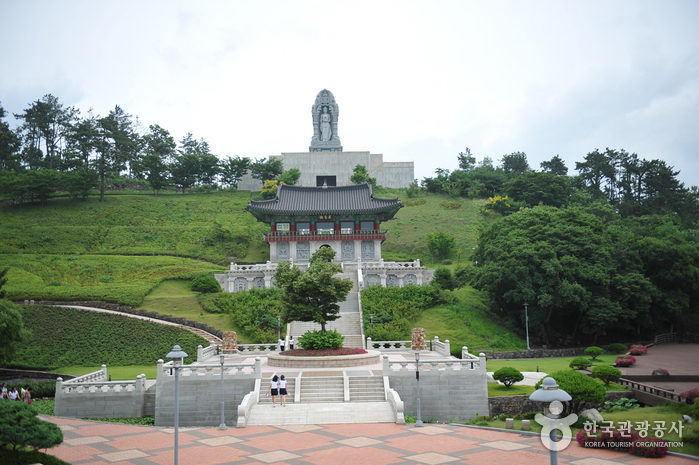
– Homepage
tour.yeonggwang.go.kr
– Tel
+82-61-350-4674
Unlike Goguryeo and Silla, Baekje’s origin of Buddhism and how it spread had remained a mystery other than the story of how Indian monk Mirananta came to Yeonggwang and founded Bulgapsa Temple. In 1998, records were found stating that Monk Mirananta first set foot in Jwaudu Village in Beopseong-myeon, Yeonggwang in AD 384 after passing through Dongjin in China. Subsequently, the site has turned into an attraction in honor of the monk and the spread of Buddhism.

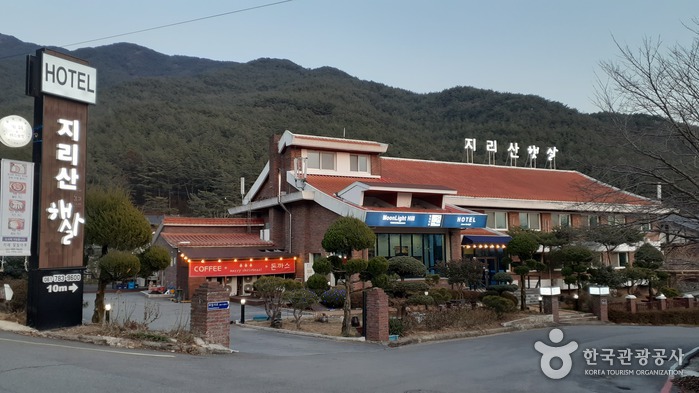
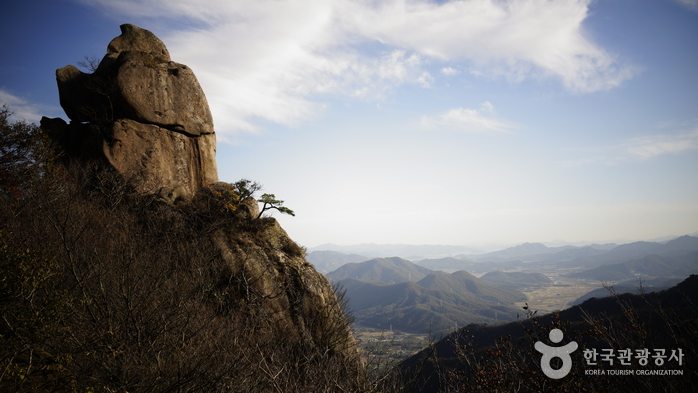


One Comment